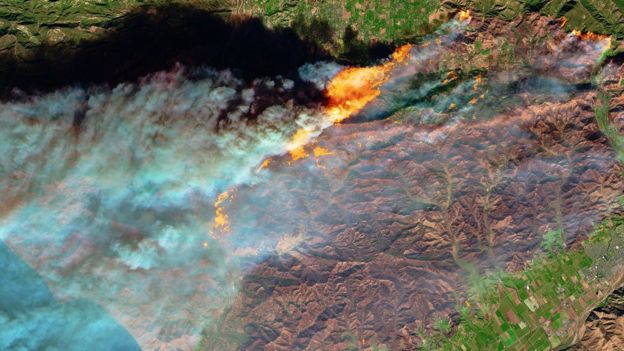European wildfire risk growing, but hard to adequately price: Chaucer

European wildfire risk is a growing threat to insurance and reinsurance markets, with the amount of land burned jumping some 75% in just one year, but the exposure is hard to adequately price, according to specialist underwriter Chaucer.
Underwriting firm Chaucer’s warning is timely as countries across Europe have been burning in recent days as a significant heatwave event passed through the region.
Fires have broken out in Portugal, Spain, France, Italy, Greece and even the United Kingdom over the last 48 hours, with property damage experienced and some relatively significant agricultural losses as well.
According to analysis by Chaucer, the land mass burned by wildfires in Europe jumped by 75% from 2019 to 2020.
Explaining the problem, the company said, “Whilst much attention has been paid to the impact of climate change on wildfires in North America, European wildfires have also been increasing in frequency and severity as a result of climate change and urbanization. Higher temperatures have increased the risk of fires starting on the continent, whilst drought-like conditions from dry soil are also making it easier for wildfires to spread rapidly.
“The abandonment of traditional agriculture in Mediterranean countries has contributed to a build-up of vegetation, resulting in increased size and severity of fires. As Europe is a densely-populated continent, the potential for material losses to property are considerable.”
Chaucer also noted that forest management practices have not been keeping up with evolving wildfire trends, which has made efforts to suppress fires “considerably less effective”, leading to more damage being caused.
Risk models for wildfire in Europe are less advanced than those available for the US and Canada, meaning insurance and reinsurance companies have to rely on internal analysis for assessing risk, rather than probabilistic hazard models.
Ellen Gyandzhuntseva, Head of Exposure Management at Chaucer commented, “The significant increase in land destroyed by wildfires is creating a challenge for the industry.
“Climate change and shifting demographic patterns are making wildfires more dangerous. Until modelling becomes more sophisticated, and the risk is better understood, wildfire risk in Europe will be difficult to adequately price.”
The trends seen in wildfires across Europe are starting to result in changes in insurer and reinsurer risk appetite, it seems, with some pulling-back.
Gyandzhuntseva explained, “Wildfires have only become a major priority as a peril relatively recently. However, given the increase in frequency and severity, losses are beginning to mount. We have already seen some (re)insurers begin to limit their exposure as a result.”
Estimates suggest that 2022 has already eclipsed the total from 2019 and is well on its way to reaching the 2020 figure Chaucer cited.
With fire weather danger seen as extreme across much of Europe still and while temperatures may be cooling a little, no signs of significant rainfall, the threat remains severe and ongoing wildfires such as the one near Athens, Greece continue to put properties at-risk of damage and destruction.






